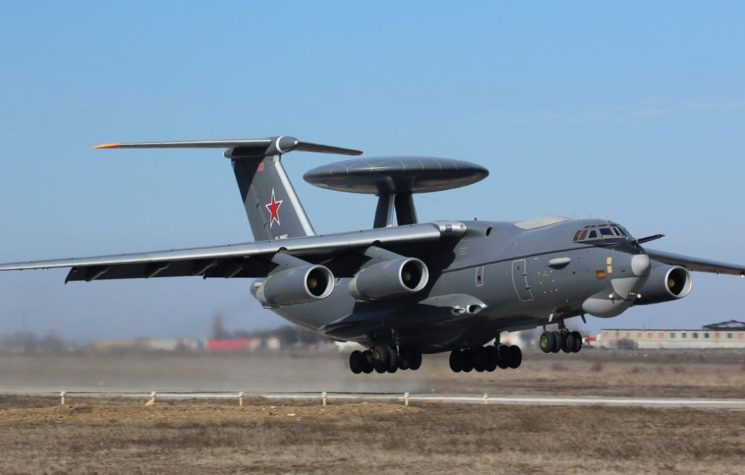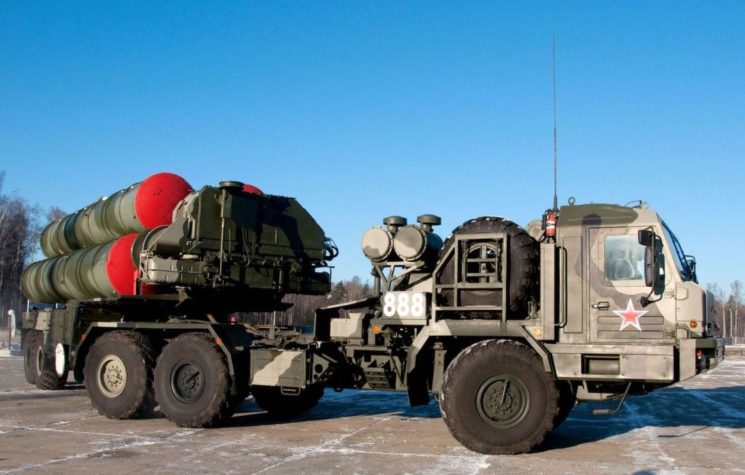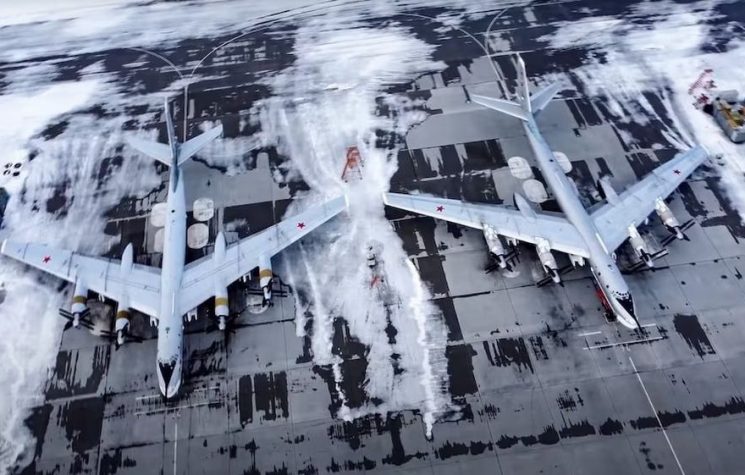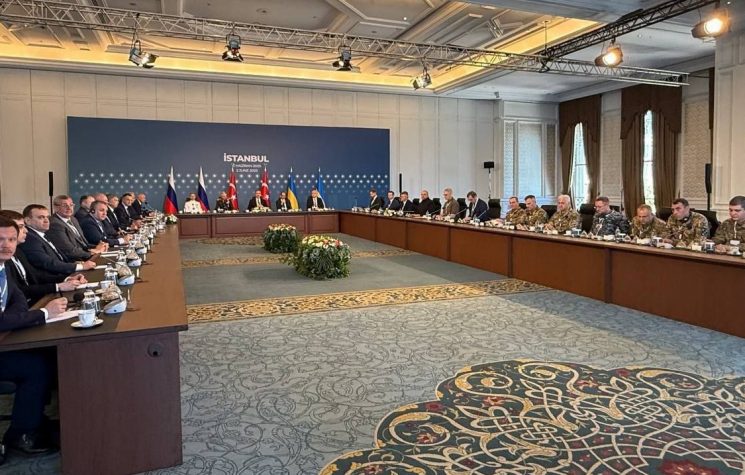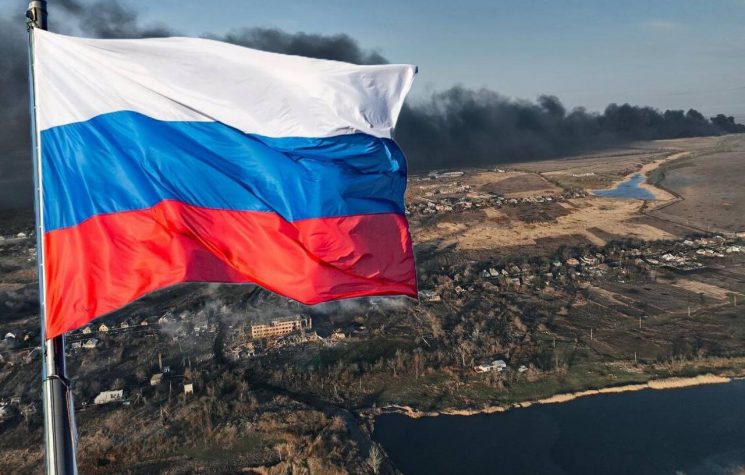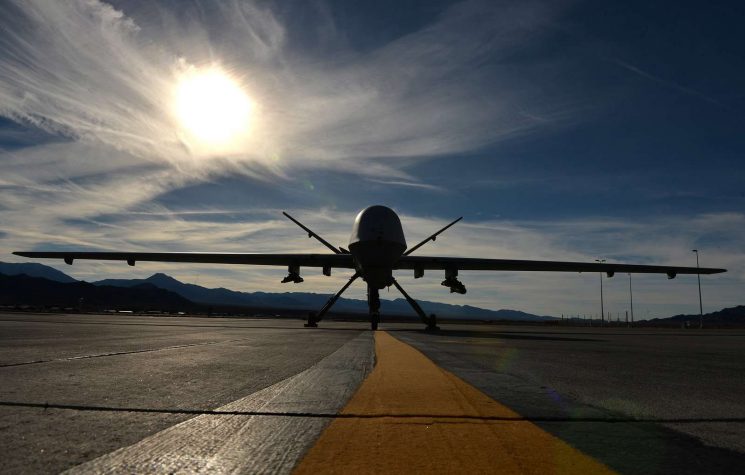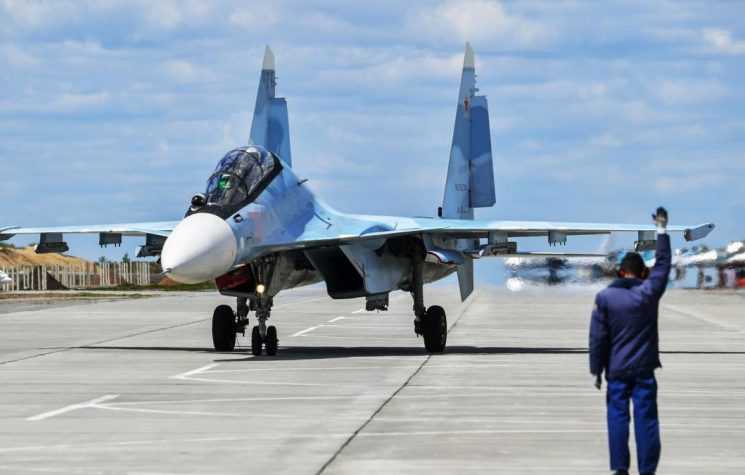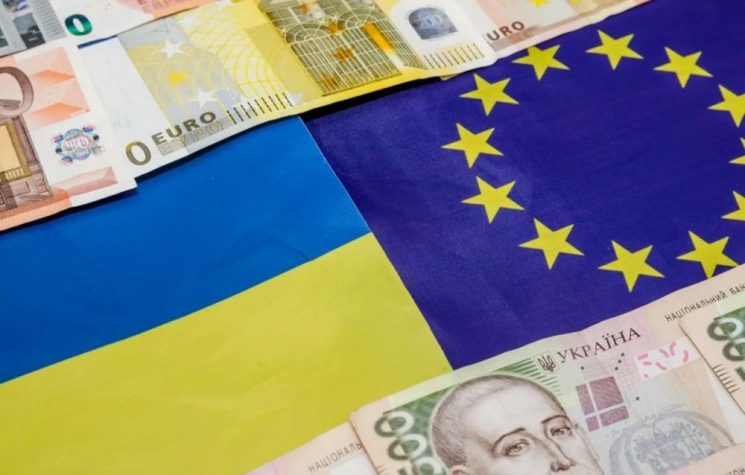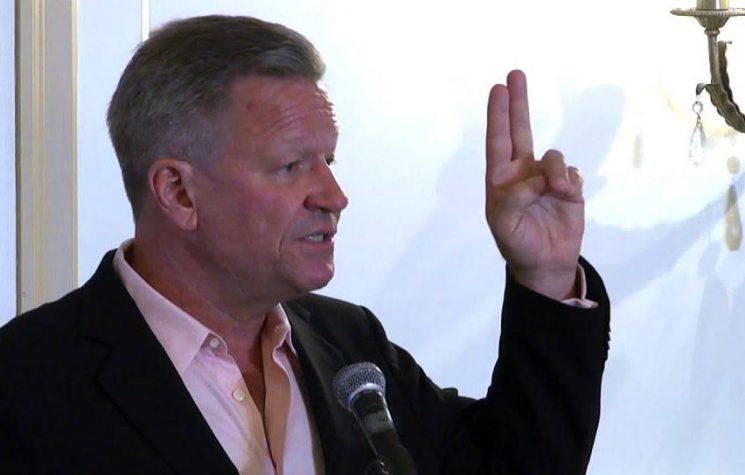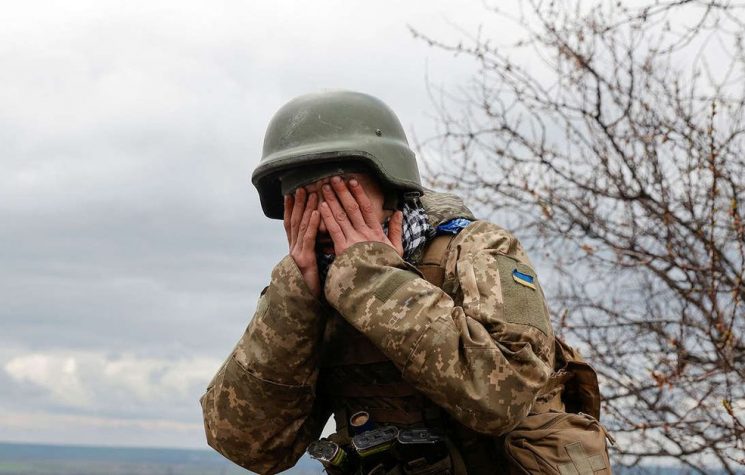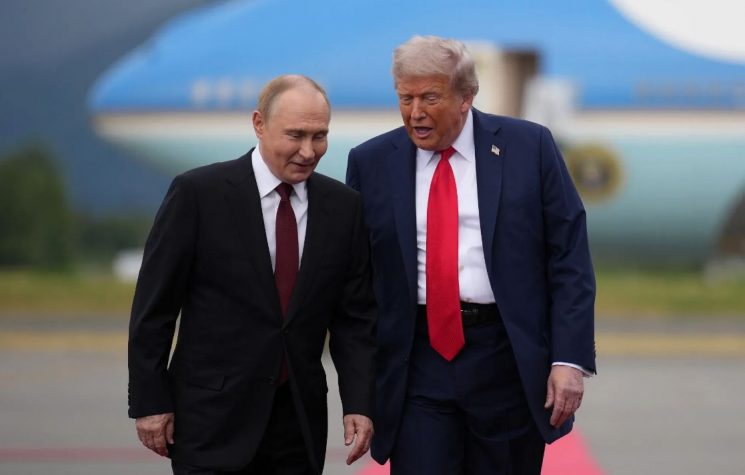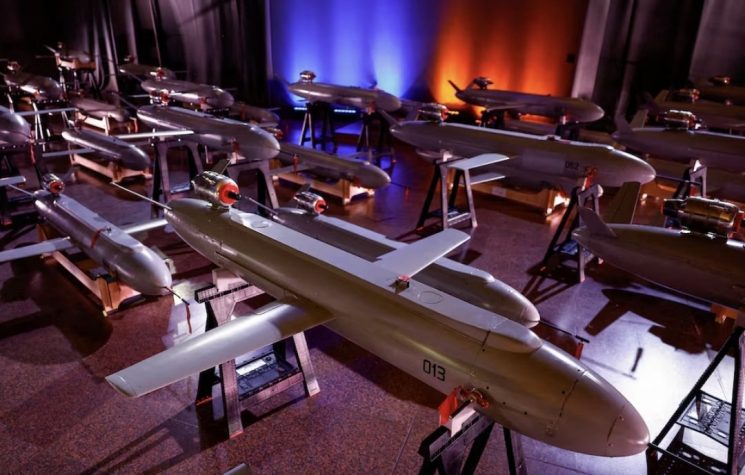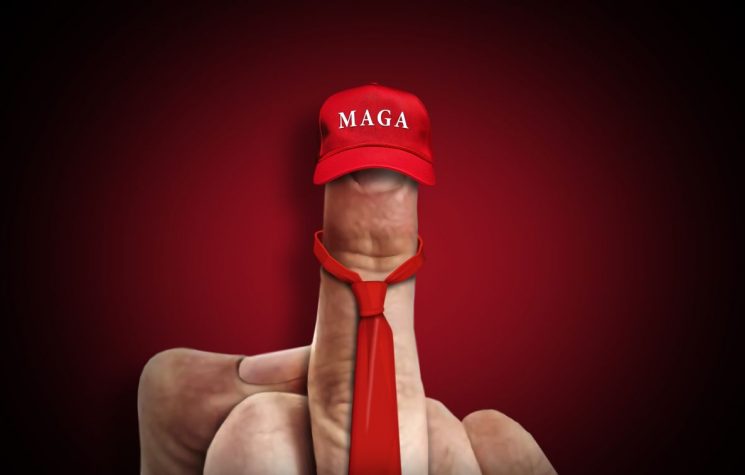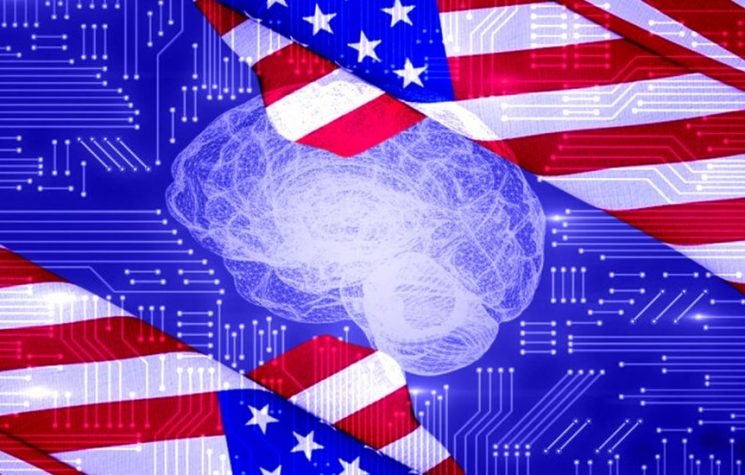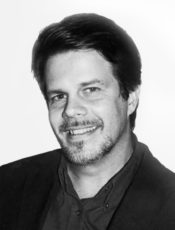Russia has, in just one week, upped the military ante to such a degree that long-term peace in this part of the world is a very tempting thought.
While it remains a hypothetical question as to whether Russia has surpassed the rest of the world in terms of fighting preparedness, it would be hard to name another seven days in recent history when the country has unveiled more potential game changers.
If anything demonstrates once and for all that Russia has dusted off the cobwebs of its Soviet past and moved boldly into the future, it was to be found at the MAKS-2021 Air Show in Moscow, held from July 20-25.
The star attraction of the international aviation salon, which draws thousands of visitors annually, was not seen roaring in the skies overhead, but rather it was tucked away inside of a mocked up pavilion. Resembling a premier of the latest Hollywood action flick, visitors lined up almost half a kilometer to catch a glimpse of the Sukhoi Su-75 ‘CheckMate,’ the new stealth fighter that state-owned United Aircraft Corporation touted as superior to Lockheed Martin’s F-35 joint strike fighter. All things considered, it seemed only fair that Russian President Vladimir Putin got the first preview of the aircraft.
YOUTUBE: https://www.youtube.com/watch?v=PNDrTSDmaZY
The rollout of the Su-75 is critical for Moscow on several fronts. First, it simply proves that Russia, if there was any doubt about it before, has broken the mold on technological breakthroughs achieved during the communist period. Up until now, the Russian Air Force has been dependent on two-engine warhorses, like the Su-35 and the MiG-35, formidable in their own right but expensive to produce and maintain.
By comparison, the streamlined and lightweight single engine Su-75 costs just $30 million dollars per machine and will allow Russia to close the aviation gap with NATO, which has been able to make up for its technological inferiority with raw numbers.
To quote an article by The Saker: “Russia’s main weakness when compared to the U.S./NATO is primarily quantitative: while they are much inferior, U.S./NATO aircraft are produced in huge numbers the Russian industrial base and finances cannot match, at least not by producing very advanced but also very expensive aircraft a la Su-35S.
“The RAF needs many cheap but highly effective combat aircraft and the Su-75 might well be “the” dream machine for Russia.”
Some of the main technological features of this highly anticipated aircraft include:
– Top speed of 2400 km/h (about 1500mph or just under Mach 2);
– Capable of engaging 6 targets simultaneously;
– 1500 kilometer combat range (932 miles);
– The fighter is “open architecture,” which means it can be adapted to specific needs;
– $25-30 million apiece to produce, which will make it attractive on foreign markets.
Aside from giving Russia a fearsome addition to its already airtight air defense system, it will also allow smaller countries to punch far above their weight. Insiders say that prospective state buyers of the state-of-the-art aircraft could include Egypt, Iran, Belarus, Venezuela and Syria, which nearly disintegrated into another Libya as multiple NATO states descended upon the country in a muddled attempt to dislodge Islamic State from the territory. Only with the participation of Russian forces – much to the dismay of the Western military alliance, by the way, which seemed content to let the extremist forces overrun the legitimate Syrian government of President Bashar Assad – was the terrorist cancer ultimately removed with surgical strikes.
Speaking of Syria, just this week the country came under consecutive attack by the Israeli Air Force, which has made a habit over the years of conducting airstrikes inside of the Arab republic with the excuse of acting in self-defense against “Iranian” forces operating inside of the country.
???? The Israeli Air Force is striking targets in Syria again. SAR Air Defense worked in the Syrian province of Homs@serious_war_eng pic.twitter.com/SJe79T0s4W
— Serious War (@serious_war_eng) July 22, 2021
According to reports by the Russian military, two Israeli F-16s launched four missiles from Lebanon airspace at Syria’s Homs province. All of the missiles were reportedly intercepted and destroyed by the Syrian Army using Russian-made ‘Buk’ air defense systems. Days earlier, Syrian air defenses, responding to yet another incursion, shot down seven of eight Israeli missiles during a July 19 raid. The missiles in that attack were launched over Syria proper, after the Israeli aircraft reportedly penetrated an area on the Jordanian border controlled by U.S. forces.
Coincidentally, just one day after the Israeli incursion into Syrian territory Russia released video of the new S-500 anti-aircraft system that is designed to shoot down fighter aircraft. The trials proved successful, with the missile seen obliterating a high-speed target as it streaked across the sky.
Earlier this month, Chief Commander of the Russian Aerospace Forces, Sergei Surovikin, said the new system will be capable of taking down enemy aircraft and even hypersonic weapons in “near-Earth space,” making the S-500 the first generation of such defensive weapons, RT reported.
According to the Ministry of Defense, “after completing all the assessments, there are plans to deliver the first of the S-500 systems to air defense-missile brigades near Moscow.”
Now as if all that were not enough, that same week of muscle-flexing saw the Russian Navy successfully test fire the Zircon missile, which hit a target in the White Sea at a distance of 350 kilometers while traveling at Mach 7, or seven times the speed of sound.
The test comes as competition in the Arctic is heating up, especially as climate change appears to be opening up the region to easier access to oil and gas deposits, as well as highly profitable shipping lanes.
In May, the Russian Ministry of Defense responded to increased U.S. and NATO activity in these frigid northern regions with the announcement that it would deploy a squadron of Su-34 fighter-bomber jets to an updated 14,000 sq. m military base located in the Franz Josef Land archipelago.
Whether or not the move will cool NATO’s engines in the region remains to be seen, but the newfound business and strategic potential in the Arctic remains simply too great for Russia to let down its guard.
On Sunday, July 25, the hyperactive week for the Russian military came to a festive close as Vladimir Putin formally kicked off the annual Navy Day parade in Saint Petersburg, where dozens of vessels – including the 186.4 meters (611 ft. 7 in.) cruiser Marshal Ustinov – sailed down the Neva River as huge crowds watched in awe from the banks.
“Today, Russia’s naval fleet has everything it needs for the guaranteed defense of the country, of our national interests,” the Russian leader proclaimed. “We can detect any enemy and, if necessary, carry out an unavoidable strike.”
Indeed, Russia has, in just one week, upped the military ante to such a degree that long-term peace in this part of the world is a very tempting thought. However, Russia’s long and turbulent history has taught it not to place too much hope on such elusive things. As the famous Russian proverb says, ‘Eternal peace lasts only until the next war.’










